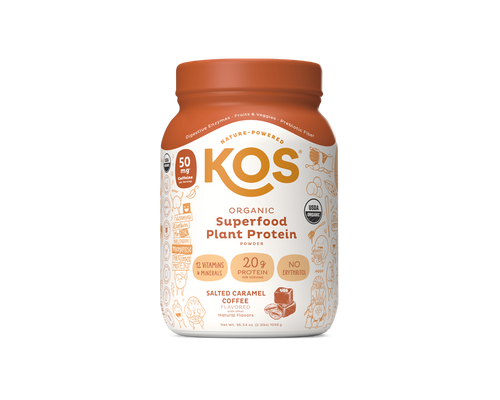Table of Contents
![]()
The Maca Root (Lepidium meyenii to the Jeopardy contestant) grows in the Peruvian Andes at nosebleed elevations of 12,500–14,400 ft. Constant tearing winds and frequent frost make the place a lousy vacation spot, but the perfect incubator for producing indomitable living things.

not every plant has what it takes to thrive in the Andean wind and cold...
The Maca is a nondescript little shrub anchored to the wind-blasted Andean rock by a mighty taproot whose health-bestowing properties are no secret to the indigenous locals.
Like all of us whose good fortune it remains to inhabit the Earth’s surface at this time, the Maca has over millennia adapted to her difficult neighborhood by developing a resistance to environmental hardship; a resistance the Maca Root happily hands on to her benefactors.
There’s No Place Like Homeostasis
Maca Root is an adaptogen—a natural substance whose properties happen to lend themselves to a living thing’s balanced auto-regulation of its internal environment. This “internal balance” business, known to the smock-wearing set as homeostasis, is a big deal.

In his impeccable French accent, Bernard had fussily explained that “…the fixity of the milieu supposes a perfection of the organism such that the external variations are at each instant compensated for and equilibrated.”

Which is a baroque way of saying, when your insides are calmly and harmoniously firing on all pistons, that internal, extremely nuanced physical balance mitigates the stress storms that throw themselves at the body, and at the mind.
The internal “balance” Bernard referred to is not a spiritual state, but a measurable physical one, tracked by numerous receptors in our clockworks whose collective reportage causes changes in us. These minute changes compensate for stresses that would otherwise wear us down to nothing.
Maca and the Throwing of Sparks
The Maca Root has for twenty centuries generously shared her hardy nature with the indigenous Andean people, who have intimately woven the Maca into both diet and culture.
Sugars, iodine, iron, and necessary starches make the Maca a fairly potent food source in a place whose stony soil and wholly unreasonable environment make farming a challenge.
The Maca Root itself is baked in the ashes of an open fire and eaten like a potato. It can also be dried, pulverized, and made into a drink, or the powder bottled and sold in various pharmacopoeial settings for its therapeutic value. Got all that?

Unlike a standard baked potato (no offense, spud), the Maca Root has for centuries been traditionally used as a fertility boost and, perhaps needless to say, an aphrodisiac.
Locals first introduced this aspect of the Mac Root to the 16th Century conquering Spanish, who were having a tough time getting their cattle to reproduce.

When Maca Root was introduced into the diet, the Spanish livestock found a renewed interest in the sorts of flirtation and courtship that produce a bounty of colonial beef.
As is the case in most of the world’s natural medicinal practices, the excitation of the procreative impulse is aligned generally with a boost in “Life Energy”.
Maca has indeed been used for centuries by traditional practitioners for its energizing effect, and to increase stamina; a word that has long reigned supreme in the pantheon of helpful euphemisms.
In Peruvian traditional practices, Maca is also used to boost immunity, battle anemia, help with menopausal symptoms, and to sharpen mental acuity. Laboratory studies have shown in animal subjects that normal cognition may be supported by a controlled ingestion of Maca derivative.
Tapping Life’s Taproot
It all goes back to “Life Energy”; that useful catch-all that gestures colloquially at Life’s very essence—both its thermodynamic keynote and the candy-colored sparks in the darkness that are the hallmark of the animate.

Maca clasps the frozen Andean cliffs with truly annoyed determination. This is pure speculation.
The Maca Root’s gift of “Life Energy” ultimately leads us back to homely old homeostasis, that heavily arrayed internal control system which nature built into the biosphere; a mechanistic helpmate in the pursuit of that “balance” with which we’re all constantly occupied.
Today, as is the case with most medicinal herbs, the Maca Root’s mysteries are being laid bare. “Mitochondrial function” and “autophagy-related proteins” are lumbering in to explain Maca’s workings, replacing the more musical and wonder-struck terminologies of ancient times.
Modern science is drilling down to the essential truths of the Maca Root in study after study, quantifying and qualifying what the ancients intuitively knew in the time before test tubes, funded studies and empiricism.

Whether or not we can discover fundamental truths through this sort of reductionism—that’s an ongoing debate.
What they will never satisfactorily explain is this: why did mischievous Mom Nature plant this plain-looking, windblown, energy-gifting shrub at the top of the Andes, and how did she know we would ever find the Maca Root there?
Hey, moms know their kids. And that may be the understatement of the ages.






